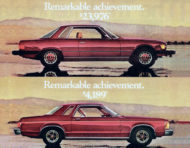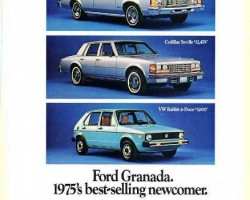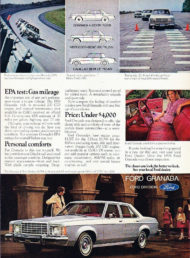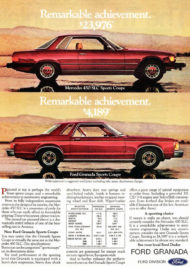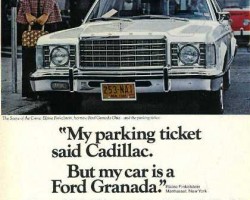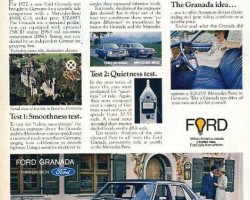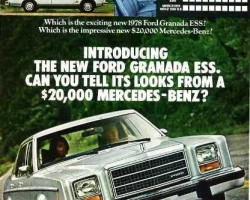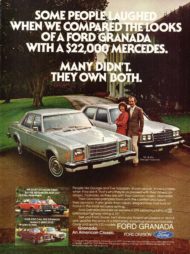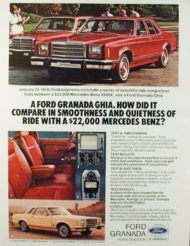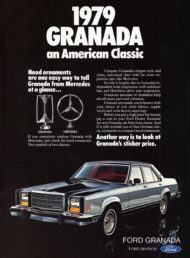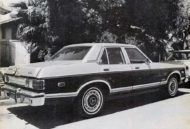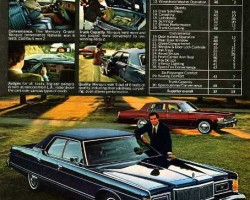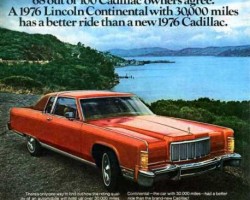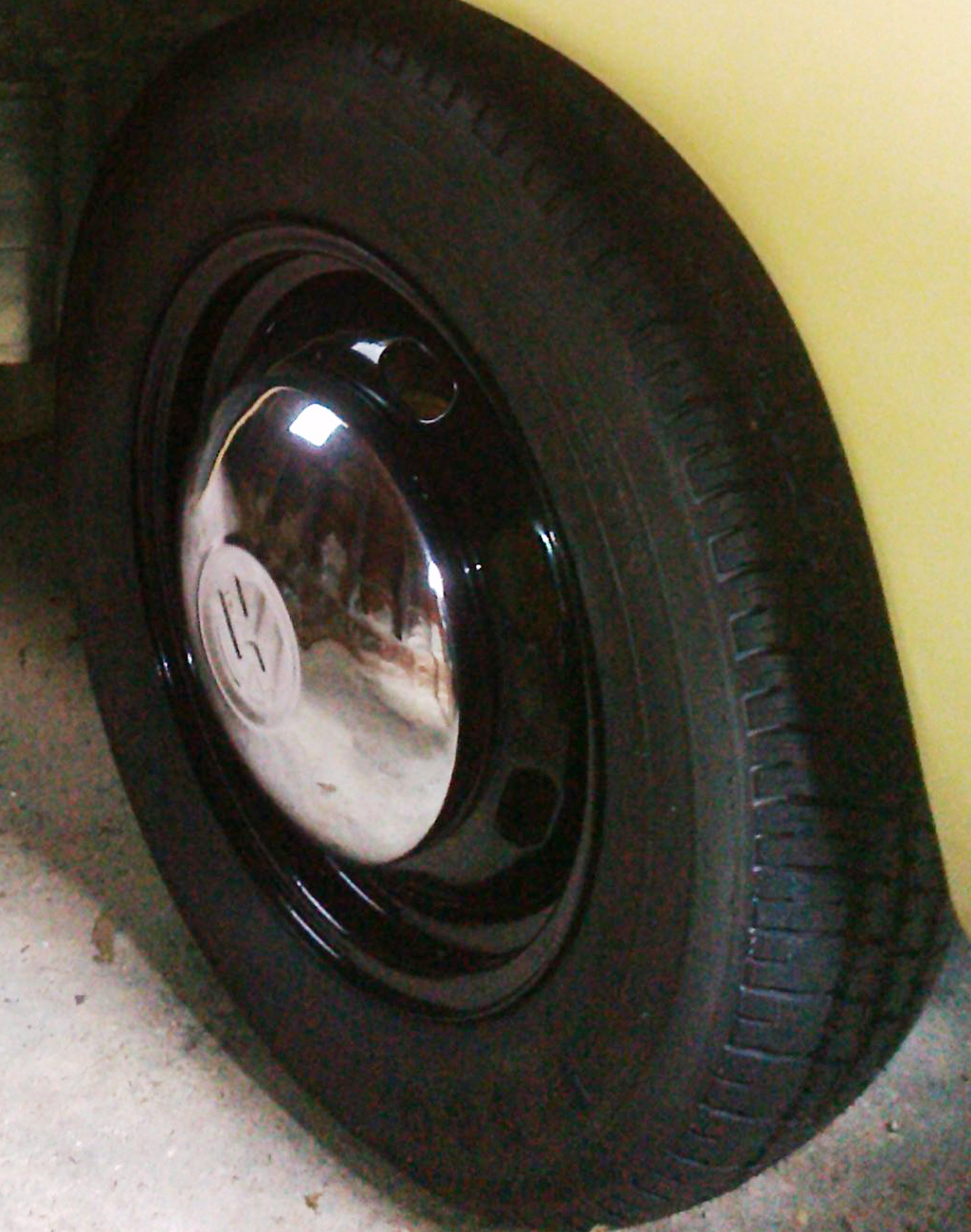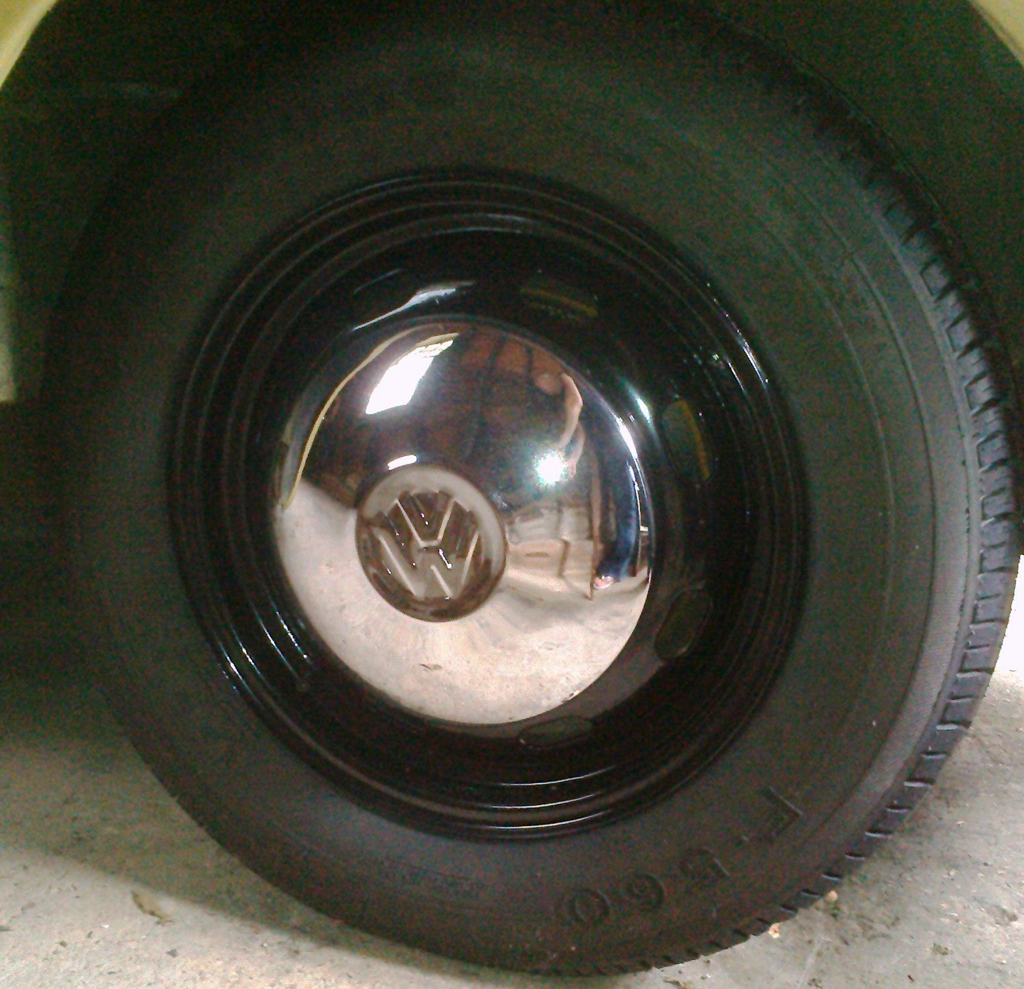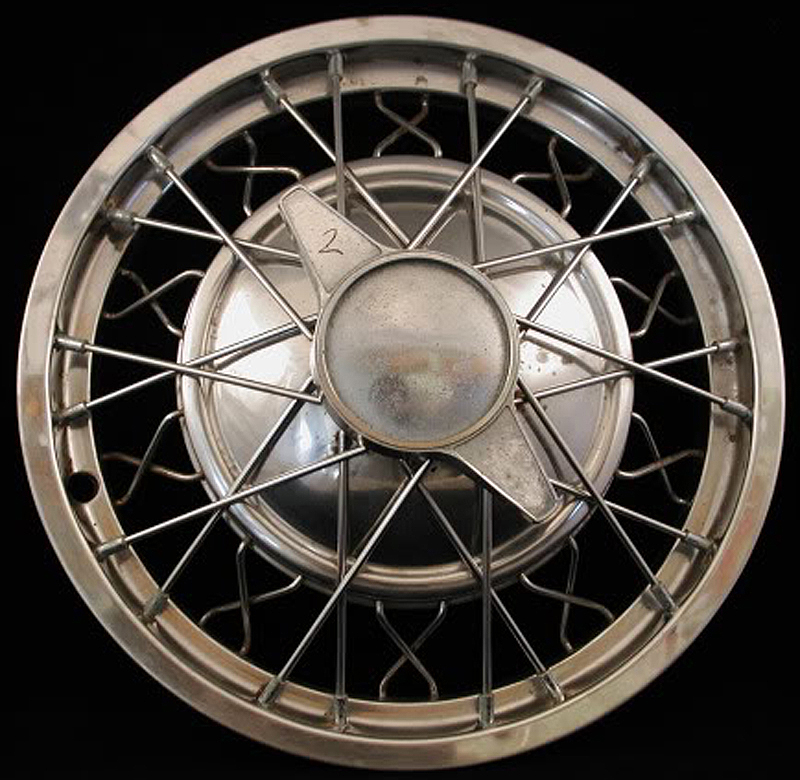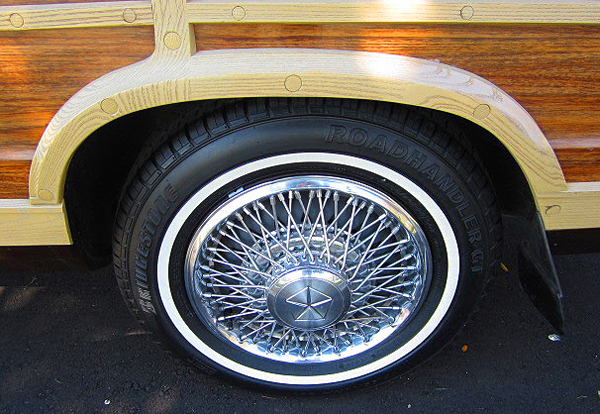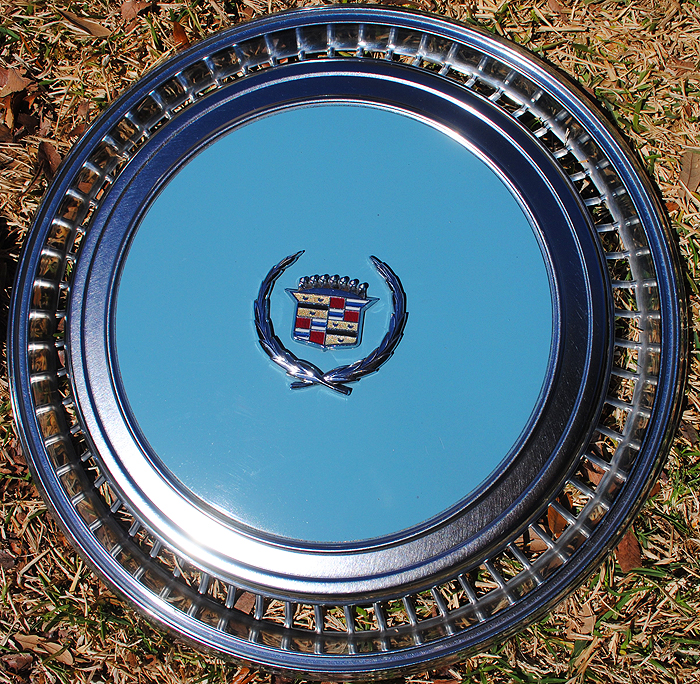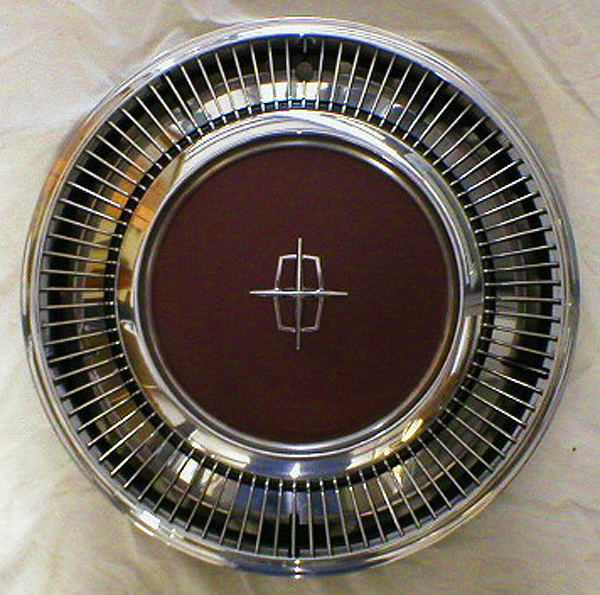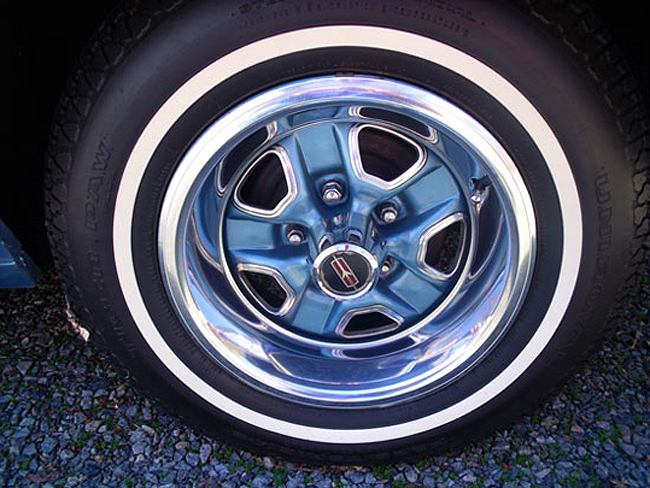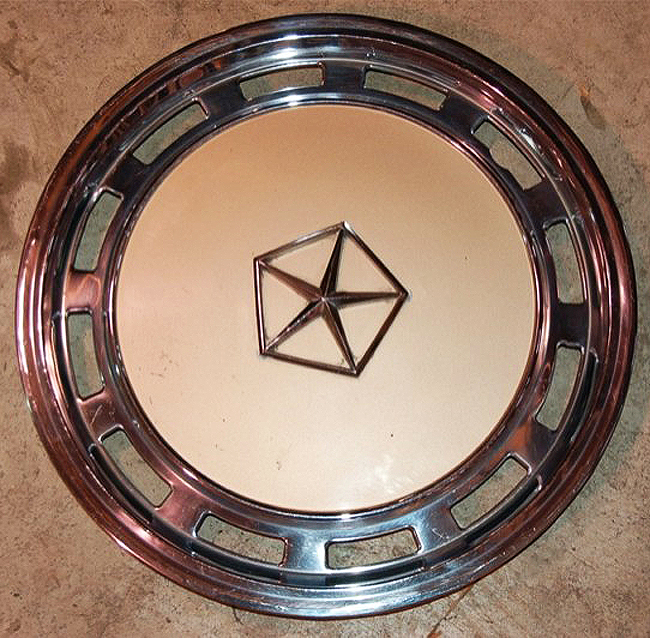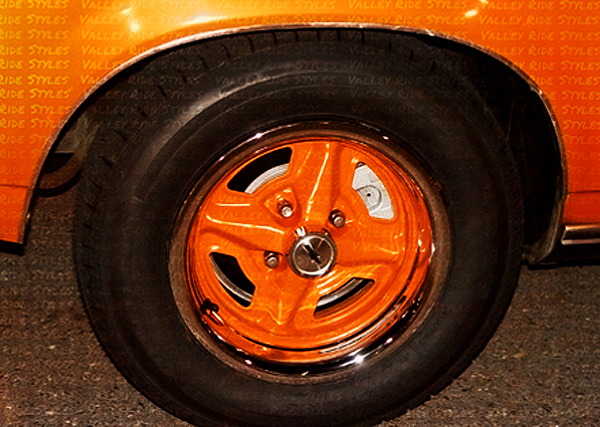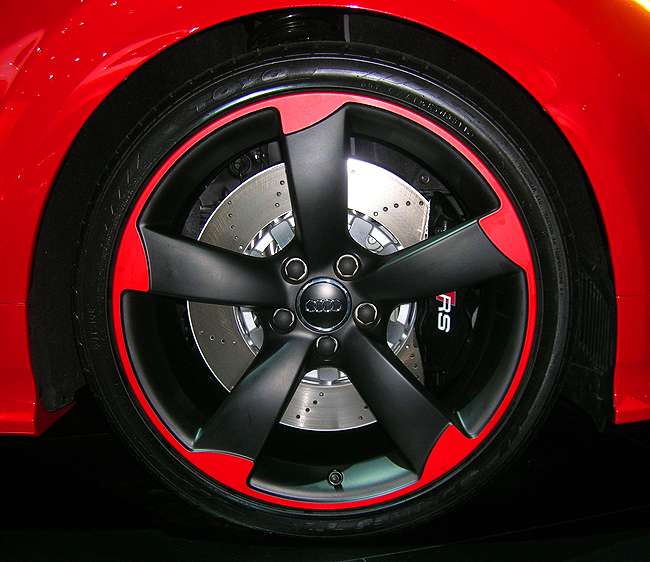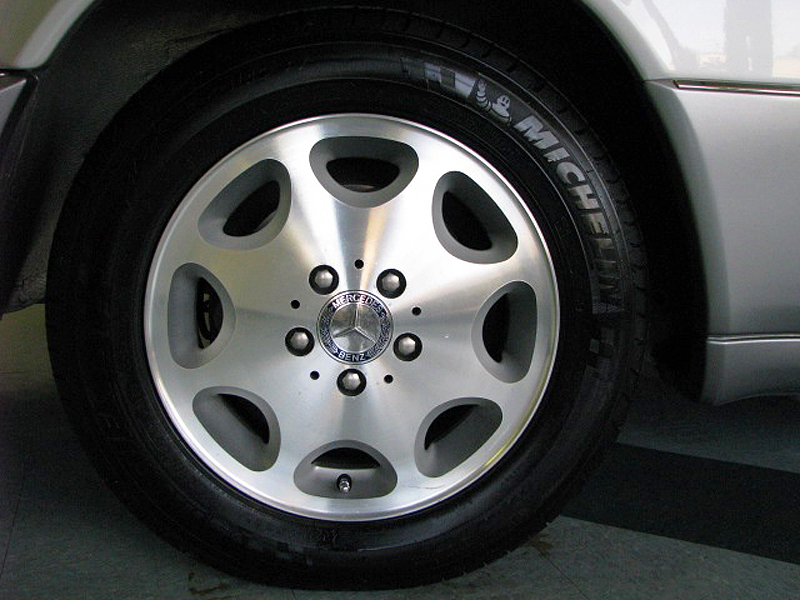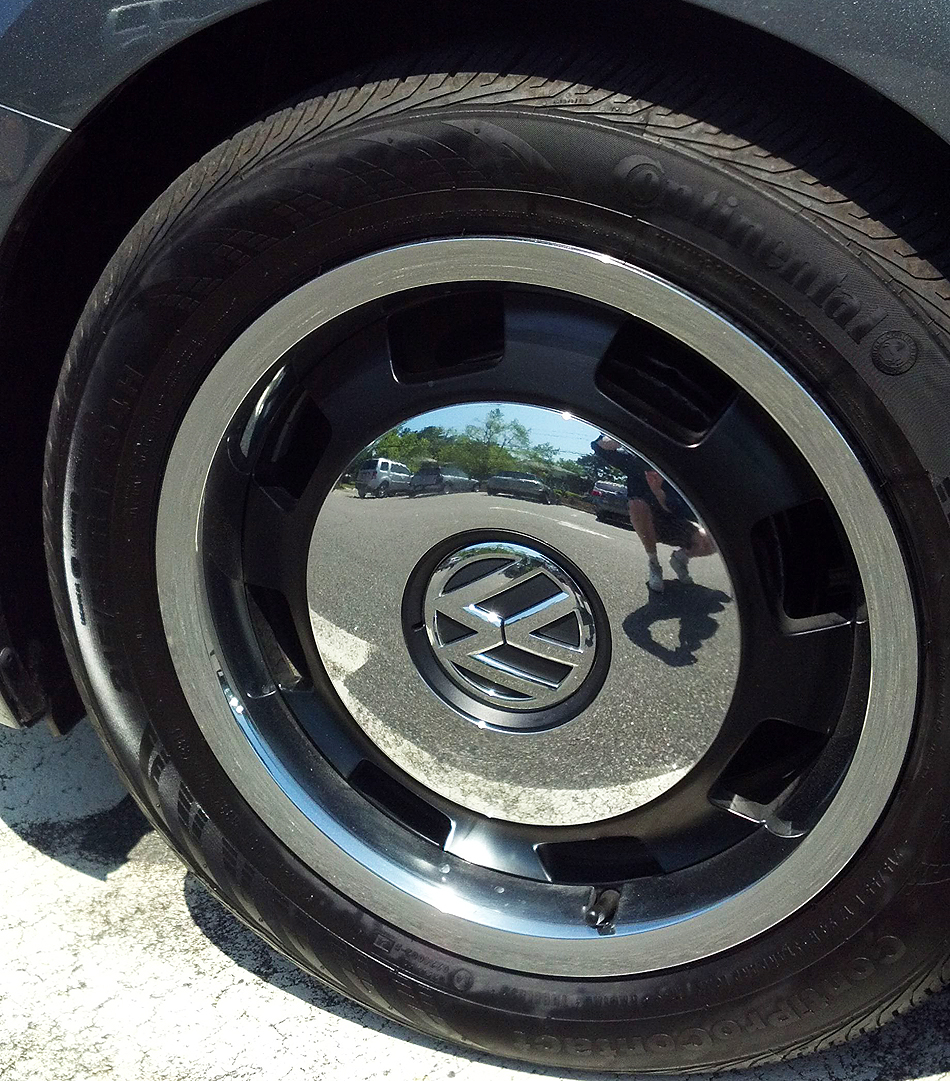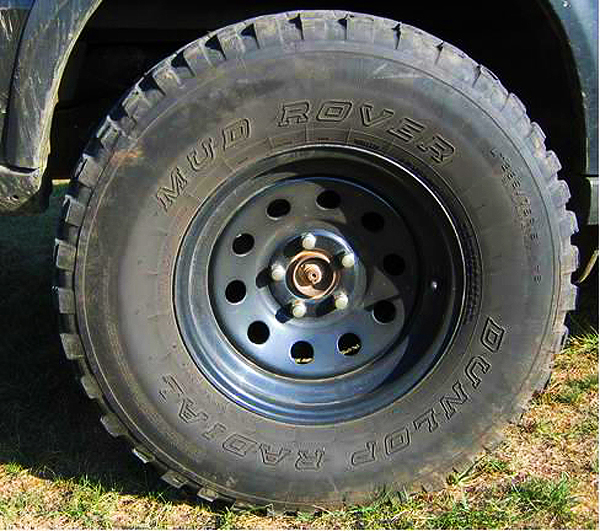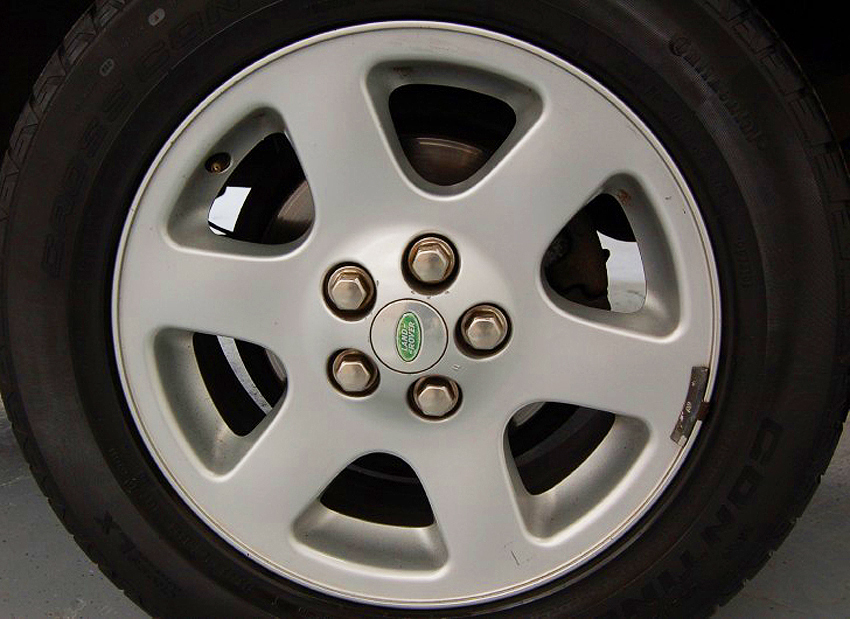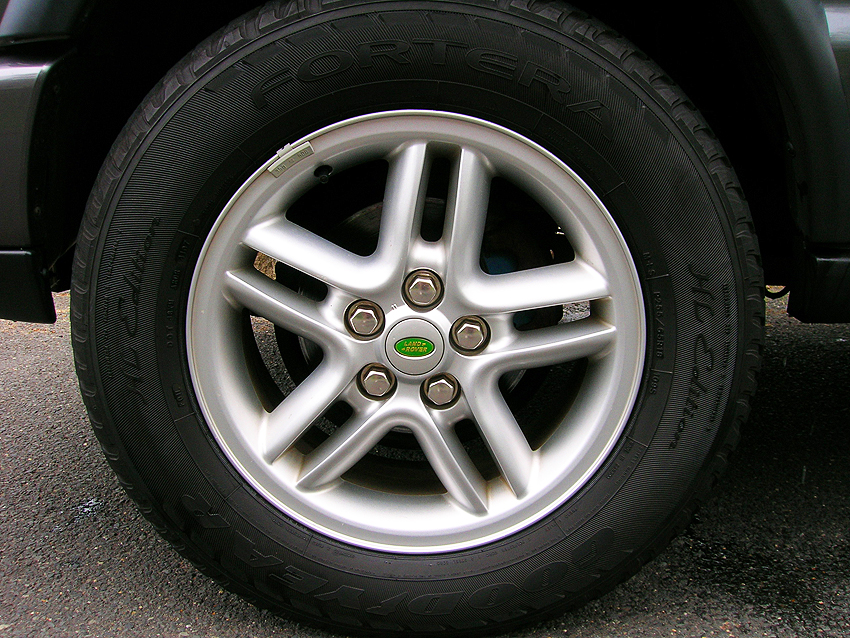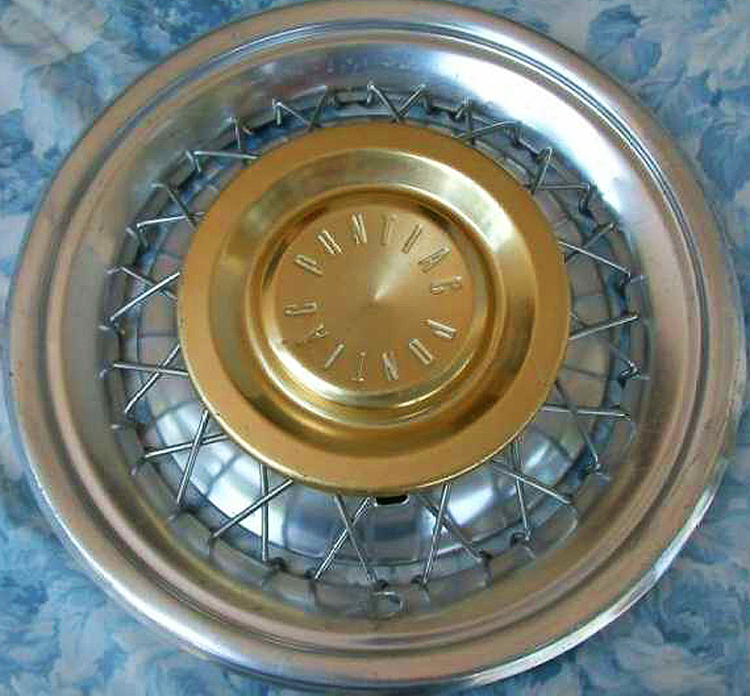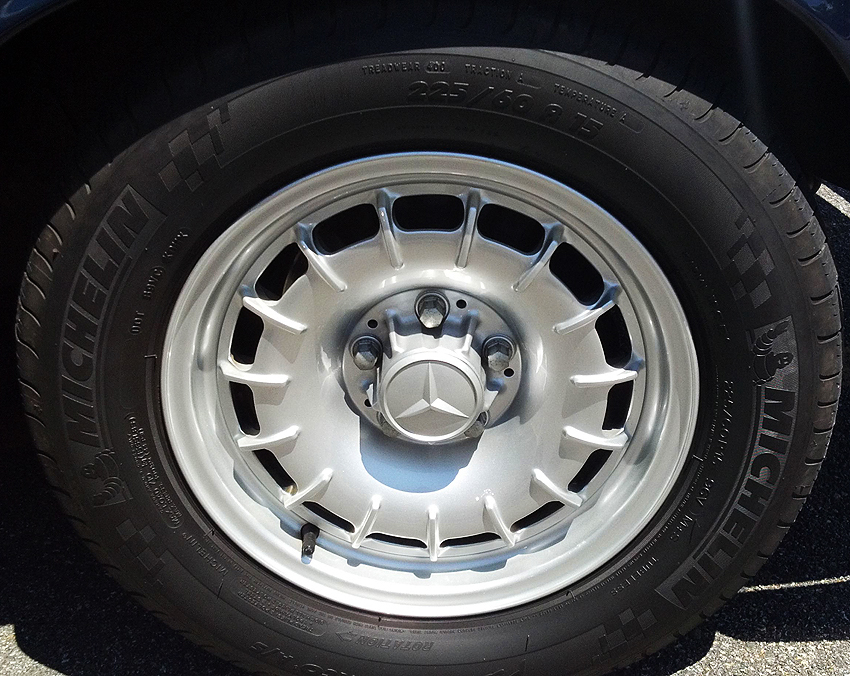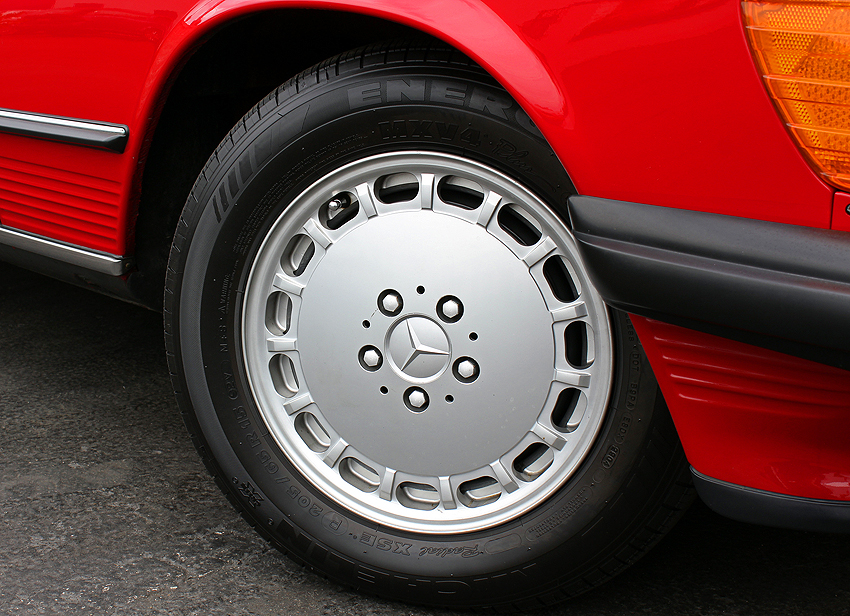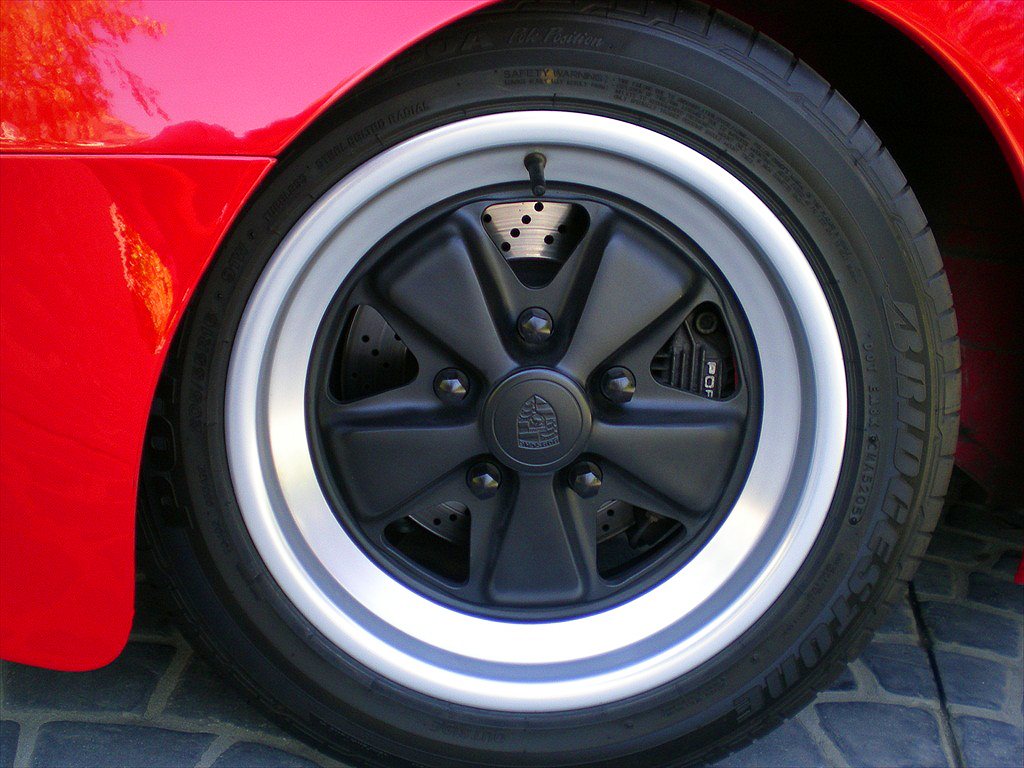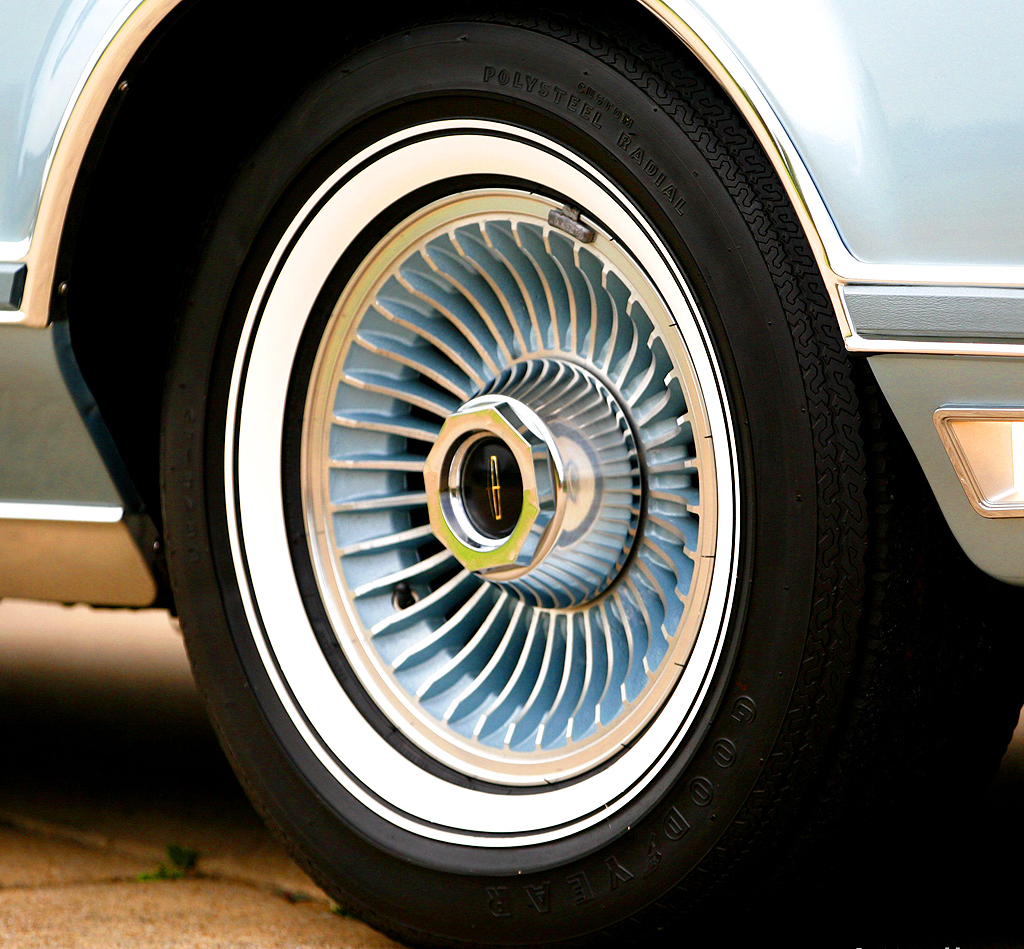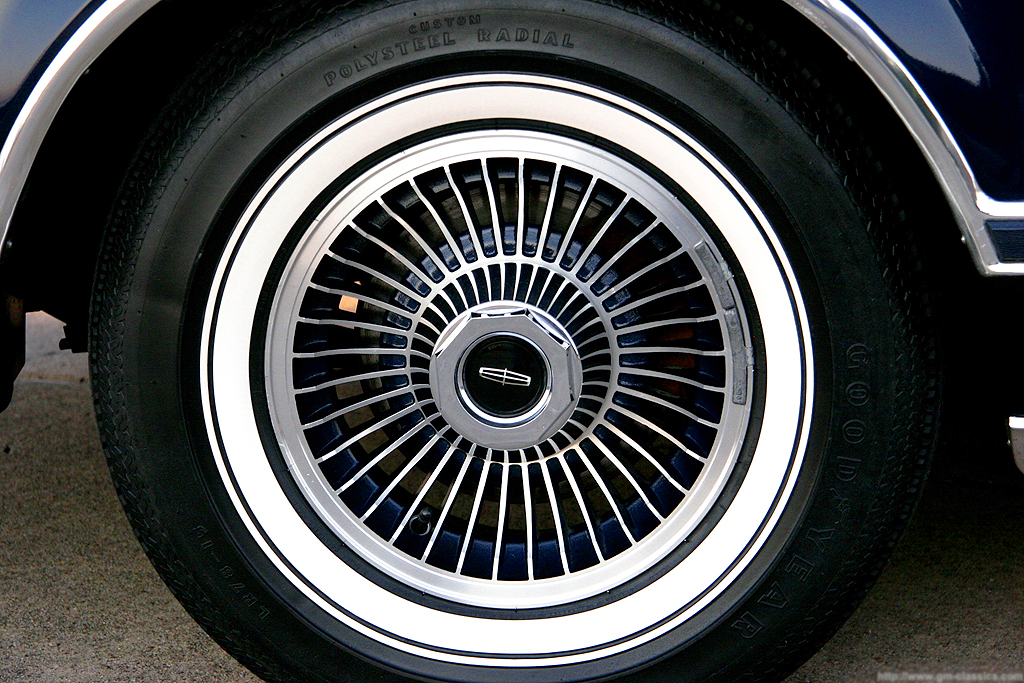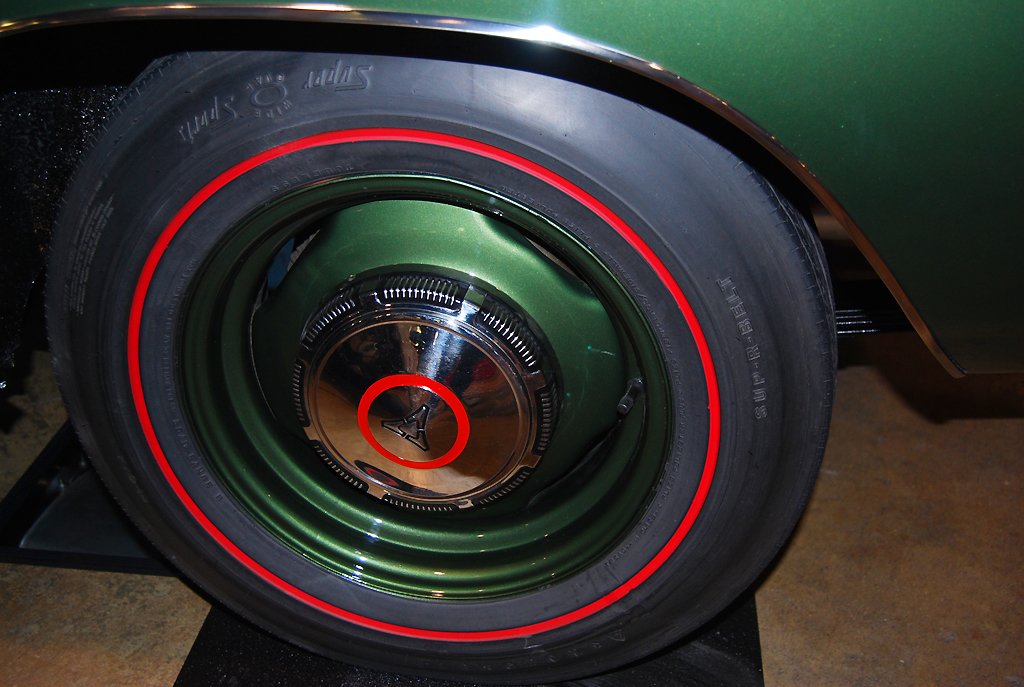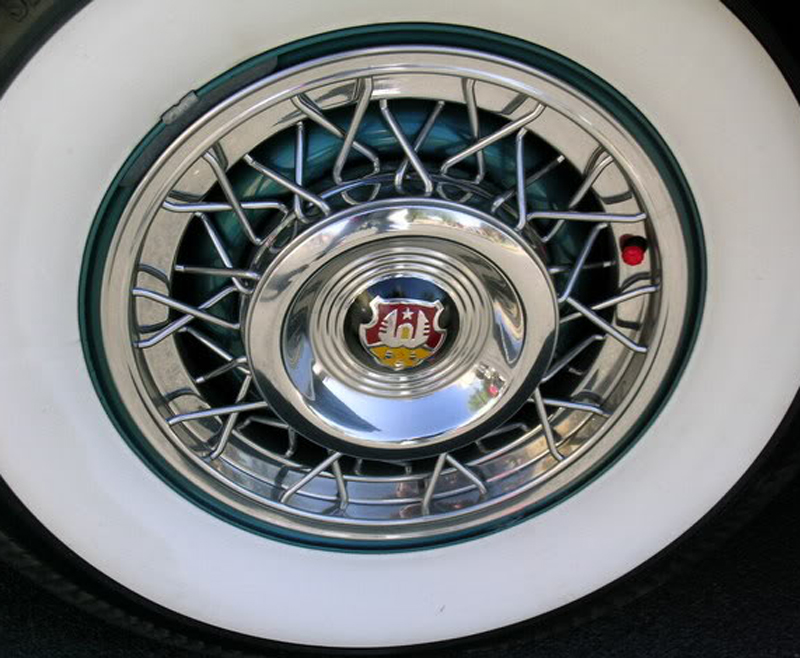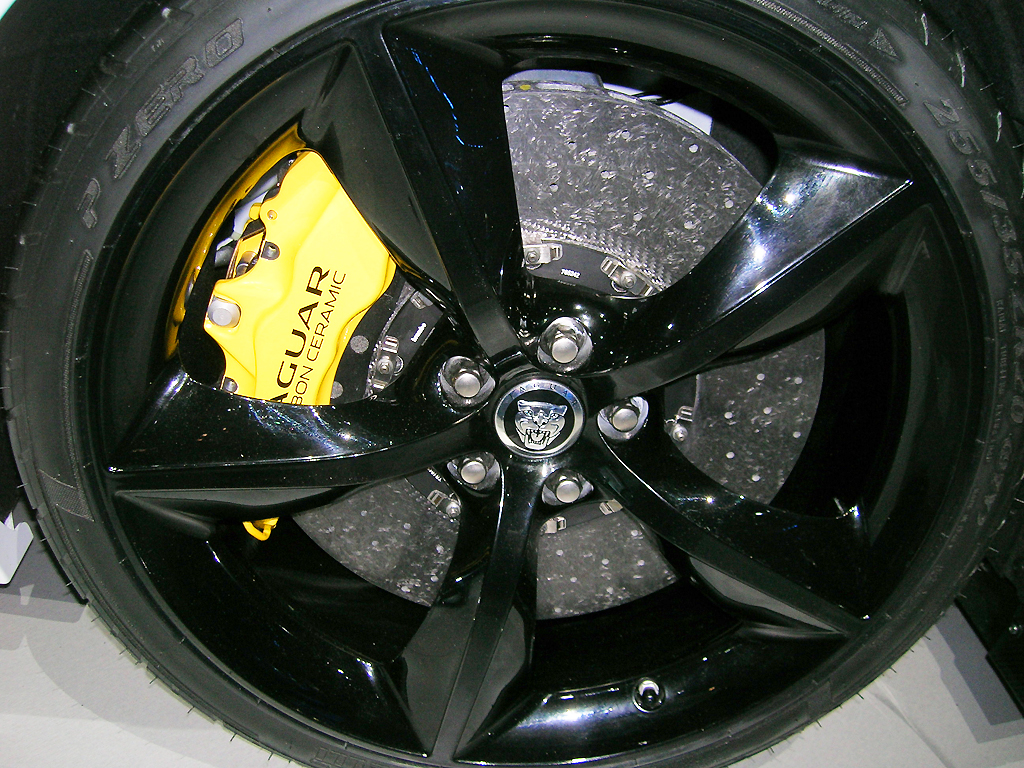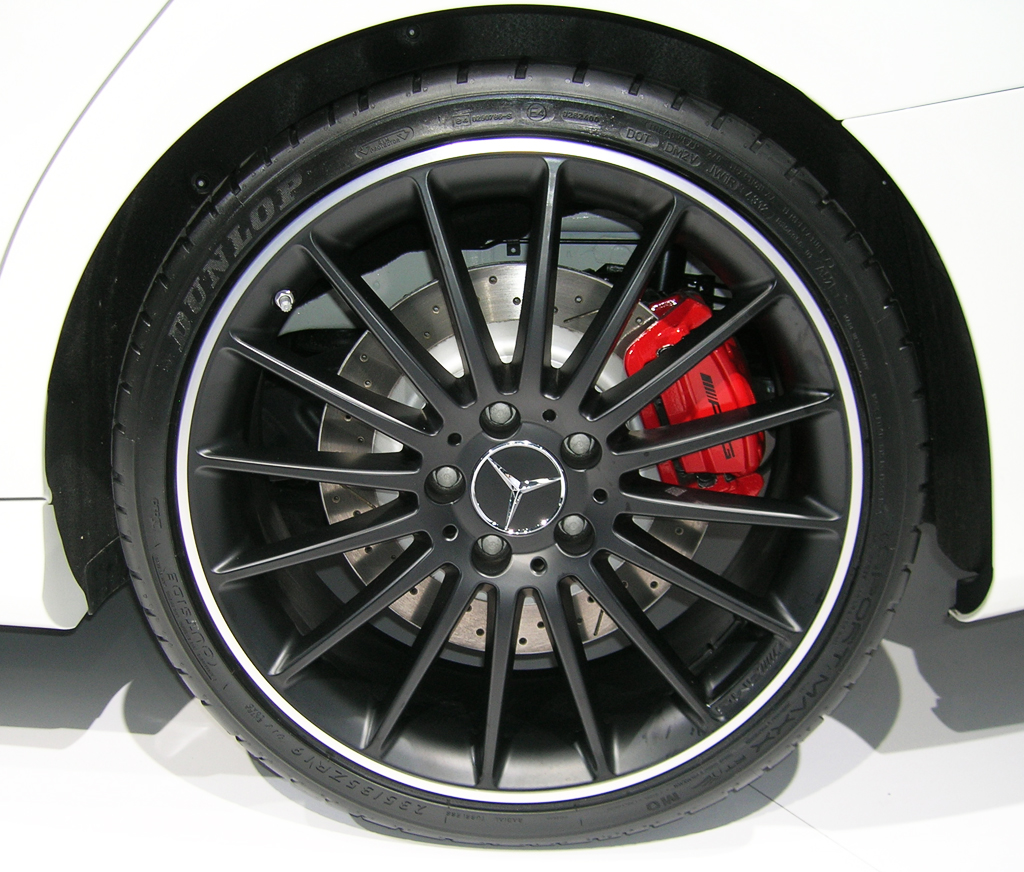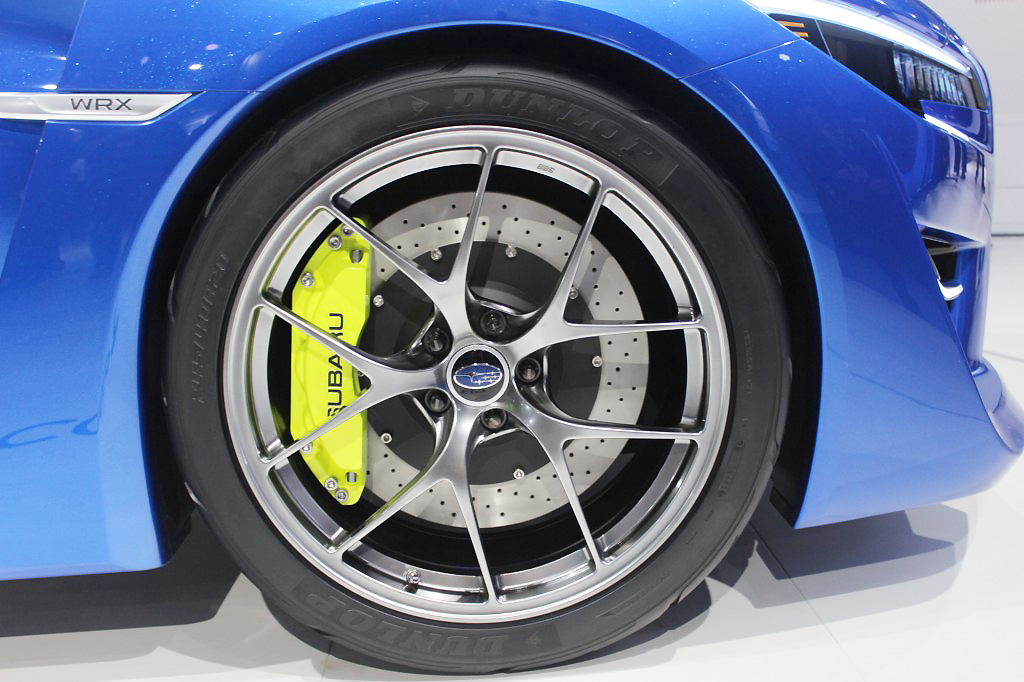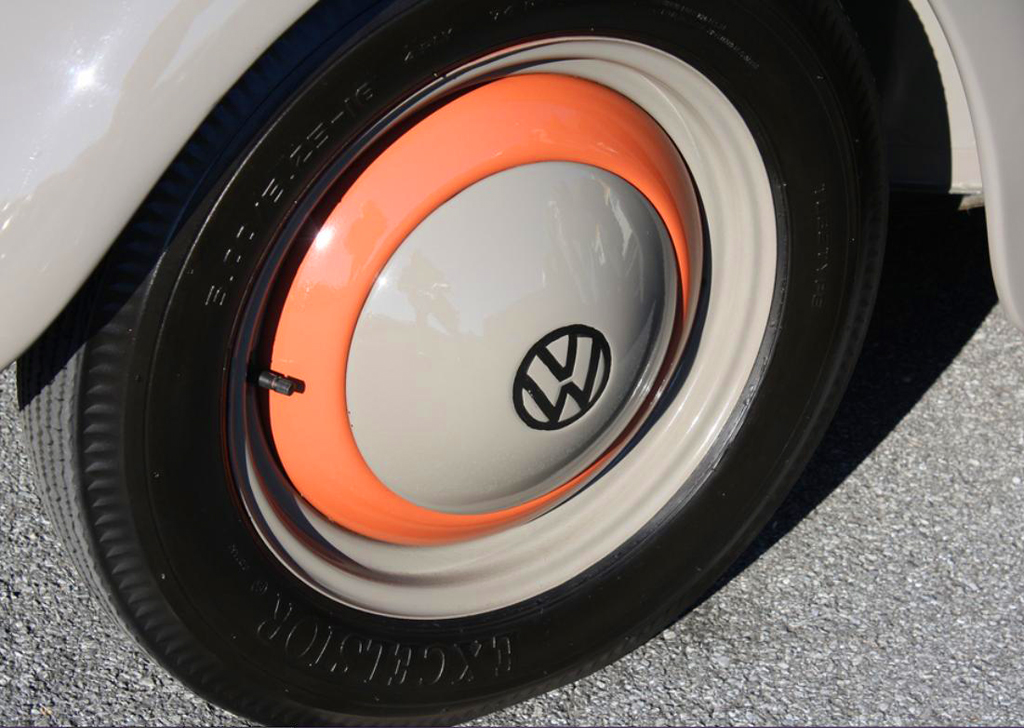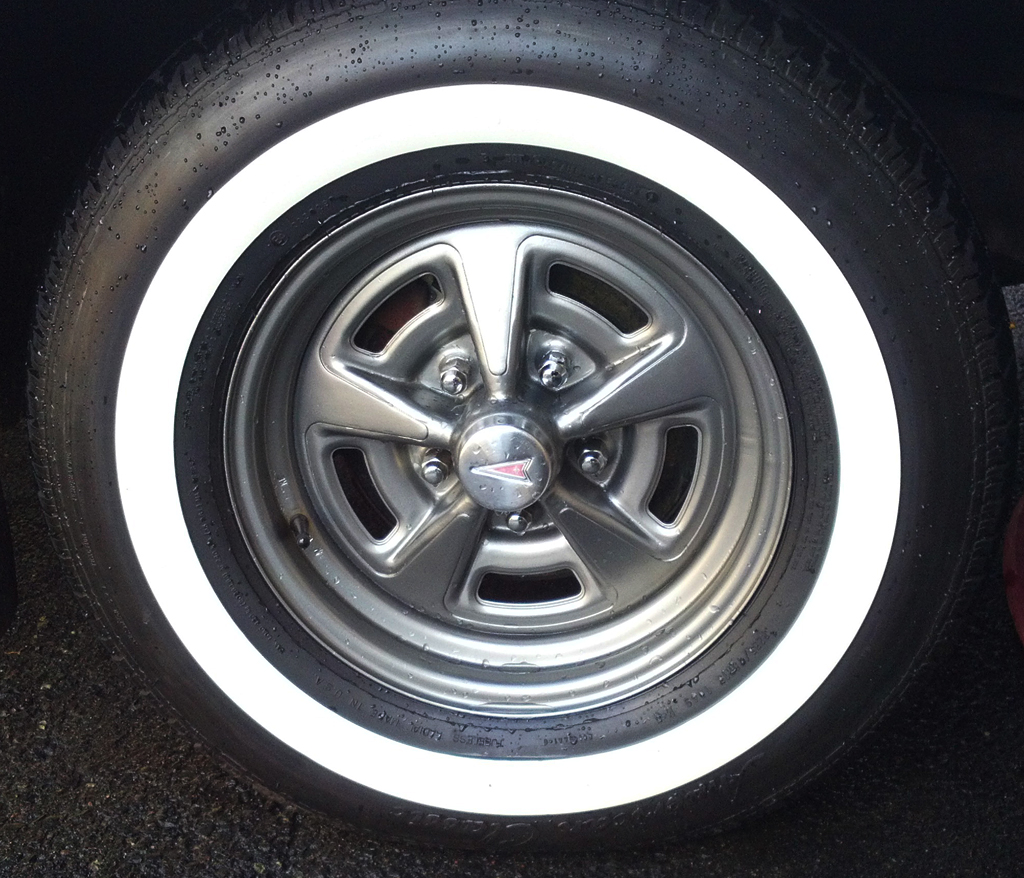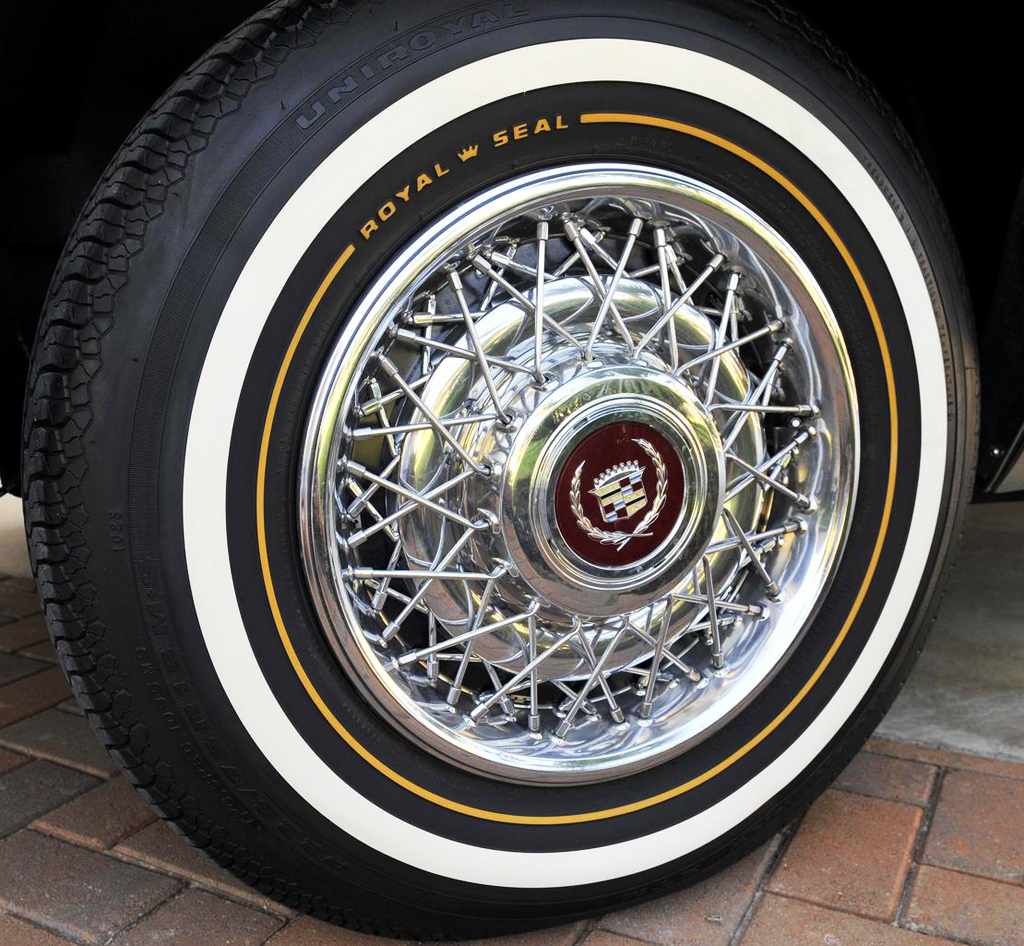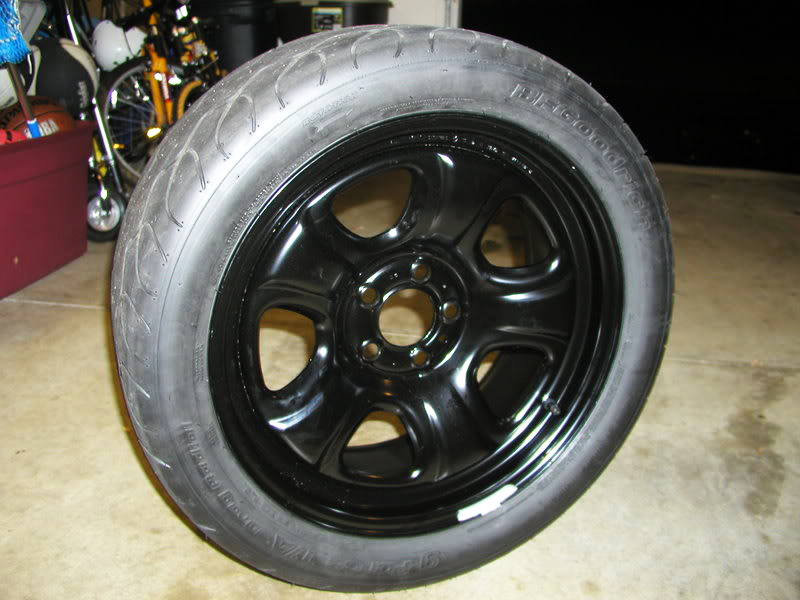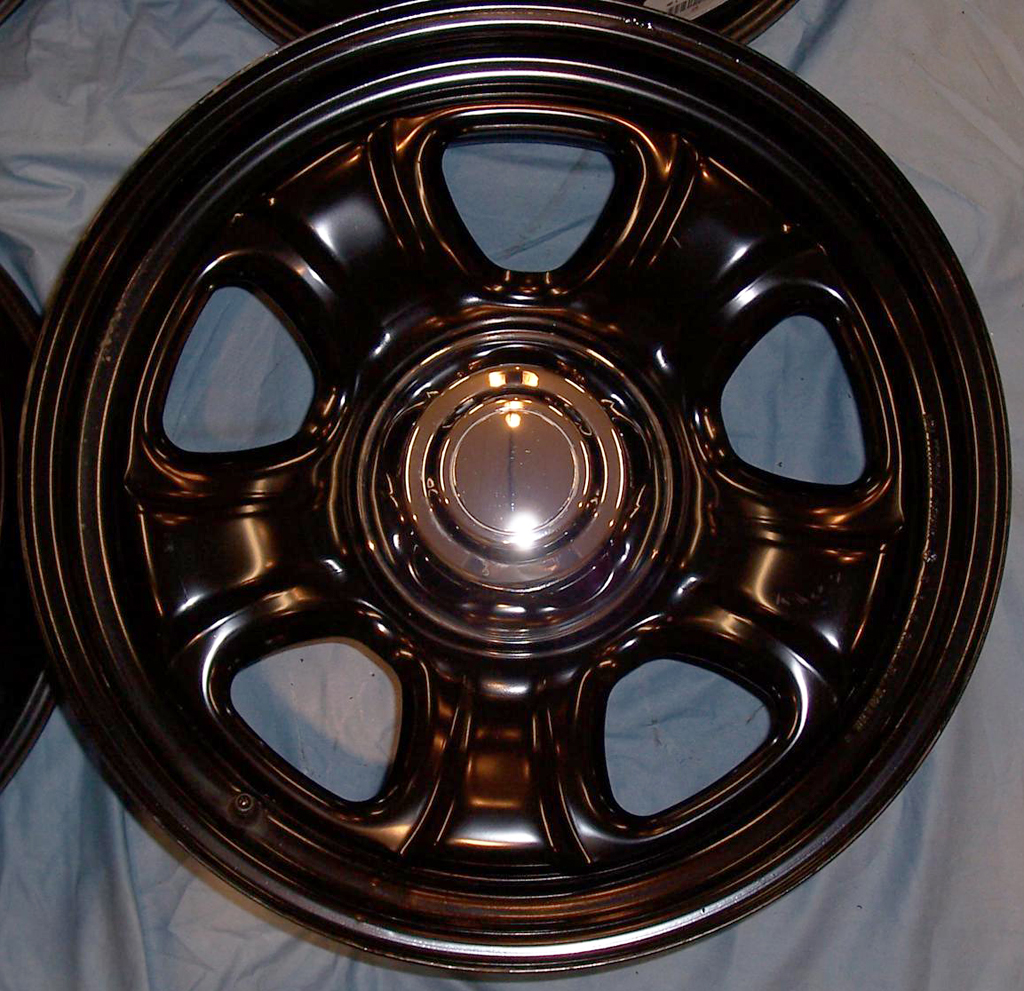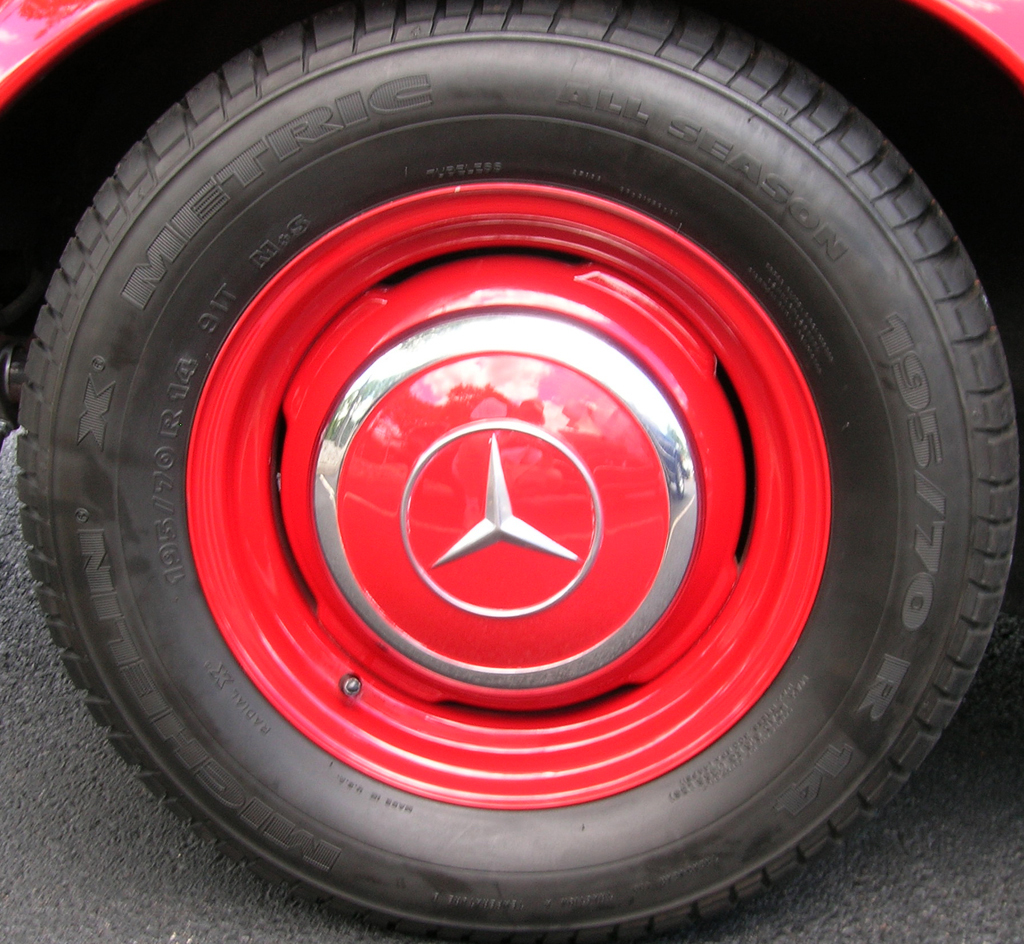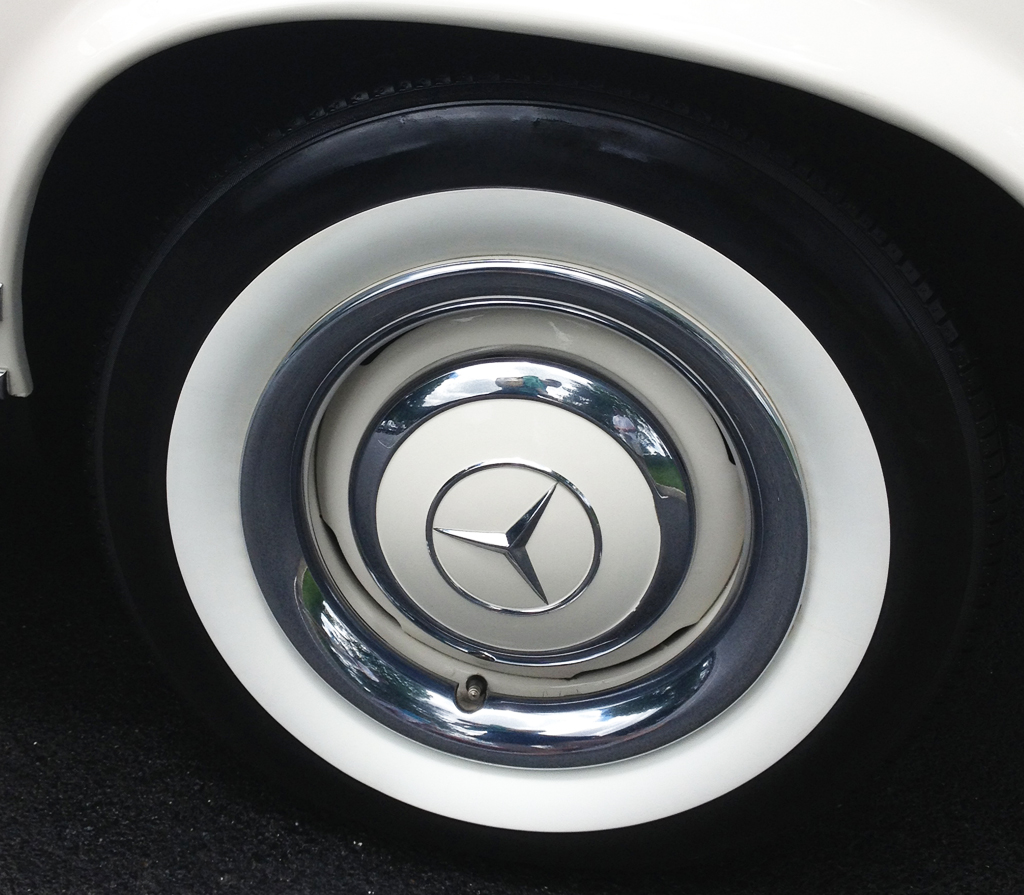If you’re like me, you may have noticed car makers just don’t criticize each other the way they used to in advertisements. By criticize, I don’t mean making value comparisons against competitors based on selling points of price, features, or mileage. I mean outright making a case that a competitor’s model is inferior in almost every way, perhaps to the point where it should simply not even exist.
(A slide show of 1970s Ford and Granada ads is at the end of this article)
Looking back over three or four decades, one finds Ford was typically one of the biggest “comparative” advertisers. Especially in the 1970s, which made for very entertaining reading and viewing. For example, a 1979 television commercial announcer proclaimed “Ford trucks blow away the competition” as viewers were simultaneously treated to a nearby Chevrolet truck exploding to pieces. As the saying goes, number two really does try harder.
Another 1977 Mercury Marquis ad features a comparison test with a new-for-’77 downsized Cadillac Sedan deVille. Fifty “big car fans” rated which of the two they preferred in thirty different categories, and the winner by a landslide (according to the results shown) is the Mercury. Criteria such as riding comfort, quietness, door handle operation, assist strips, ash trays, window/lock controls, styling preferences (even a handwriting test while riding in the back) were all judged. Lest it seem they were focusing on trivial items, cornering ability and “door solidness” were measured as well (perhaps they learned something from comparisons performed with Mercedes-Benzes, shown further below).
If Ford took an established advertising approach with the very established models above, then it took an unabashedly different approach with advertising for its newly created ’75 Granada model. Which I find worth examining because it was a new approach. Rather than pointing out how a potential Ford buyer was getting a better car over a Chevy as had been done for years, early ad copy instead suggested that he or she would be piloting a cruising vessel that looked a great deal like, and would be easily mistaken for, the far more expensive Cadillac Seville. (The Seville was an “internationally-sized” model introduced as an early ’76 model, designed also to appeal to buyers who found upscale imports more fashionable).
It wasn’t long after that Granada brand managers saw the hugely successful Seville they were comparing their baby to was itself appealing to buyers who fancied more expensive Mercedes models out of their own reach. Marketers at Ford quickly caught Mercedes-Benz envy themselves, and 1977 advertisements now simply pointed out likenesses to 450SELs as well as Cadillacs.
This humorous 1977 Ford commercial (click here to view) shows Granada, Mercedes, and Cadillac Seville owners all getting into the wrong cars at a drive-in movie theater because the Granada is so easily mistakeable for either.
For 1977, Ford’s own Lincoln division even came out with the “Versailles”, a warmed-over restyle of the Granada influenced heavily by the ’76 Seville. Similar to how the Seville was priced higher than all other Cadillac models, the Versailles used the same pricing strategy against other Lincolns. However buyers saw the Versailles as inauthentic for the money and the model sold poorly. When this generation Granada/Versailles platform went out of production at the end of the 1980 model year, the Versailles nameplate was retired.
It should be noted that Ford engineers did make genuine efforts to make the Granada perform more like a European car. Rear disc brakes became optional on Granadas in the middle of the first model year (rare for American cars of any price range then). A new, fully synchronized four-speed manual transmission with overdrive fourth gear became standard for ‘77, making the Granada the first American car to boast such a claim. The Granada “Sport Coupe” was introduced during the ’77 model year, and mimicked Mercedes-Benzes by featuring firmer shock absorbers and springs for better handling with a less wallowing ride.
Granada engineers took their Mercedes envy one step further for 1978 by creating a sport package for sedans as well as coupes, badged as the Granda ESS (for European Sport Sedan). The ESS featured the Sport Coupe’s four-wheel disc brakes, firmer suspension, and added blacked out trim pieces in place of chrome ones, in addition to new hubcaps painted to match body color similar to Mercedes-Benzes. Granada advertisements continued direct comparisons.
After ’78, the four-wheel disc brake option was dropped due to low buyer interest and increased costs brought on by an economic recession and high inflation. Option packages remained the same through 1980, after which the Granada was redesigned on the smaller Fairmont platform. In its most popular model year (1976) Granada sales peaked at 548,000 units – dropping to 390,000 ’77s, 251,000 ’78s, 182,000 ’79s, and finally 90,000 ’80 models. Other compact cars introduced as the 1970s came to an end featured cleaner styling that was even more squared-off, and the Granada’s look began to appear dated.
A childhood friend of mine’s parents bought a Granada new in 1977. I can remember riding in it that spring to grade school soccer games and my impression of the Granada was always favorable. When new, it exuded an aura of a crisply-styled, elegant car that rode smoothly and comfortably. Eight years later when we turned seventeen, I thought that same Granada (weathered and beaten by that point) was still a respectable first car for my old pal.
CLICK ON ANY OF THE PHOTOS BELOW TO ENLARGE TO FULL SIZE. USE ARROWS UNDERNEATH PICTURES TO SCROLL BACKWARD OR FORWARD.
- This early 1975 Granada intro ad isn’t shy about telling you that the reason you want to buy it is because you may be a poser. The ’75 VW Rabbit and ’76 Cadillac Seville shown also were very popular models which sold well. (Photo credit: Ford Motor Company)
- For 1976, the Granada campaign continued drawing comparisons to the Cadillac Seville but added the Mercedes 280.
- This 1976 Ford Granada ad makes claims of being very similar to a Mercedes SLC. (Photo credit: Ford Motor Company)
- This 1976 ad gives a testimonial about how even people that should know better are mistaking the Granada for a Cadillac Seville, a competitor’s envy product no less. (Photo credit: Ford Motor Company)
- A 1977 Granada is roadtested against a Mercedes 450SE for quietness and smoothness. Interestingly, the Mercedes used in the comparison is not a ’77 model because the 450SE model was only produced until ’76. But in fairness to Ford, they did only claim the Granada in the comparison to be “new” and unworn. (Photo credit: Ford Motor Company)
- This ad introduces the 1978 Granada ESS edition (short for “European Sport Sedan”). Ford emulates the wardrobe of the cool kid in school with very little shame at all here. 1978-1980 Granadas featured a redesigned front end with square headlamps. (Photo credit: Ford Motor Company)
- Here, Ford sends the message that even if you doubt the Granada looks like a Mercedes, it’s okay to buy one because actual Mercedes owners do.
- This 1978 ad compares the Granada to a top-of-the-line Mercedes S-class, letting you know the Granada gives up nothing when it comes to smoothness and quietness.
- “Hood ornaments are one easy way to tell a Granada from Mercedes at a glance….”
- Here, a Ford Granada owner sweats the details with a full Mercedes treatment. (Photo courtesy of Motor Trend, 1981)
- Ford uses a traditional “mine is better than yours” critical comparison approach, but with two products not priced or perceived at equal levels. Here, a test group prefers a 1977 Mercury Marquis over a ’77 Cadillac Sedan deVille. (Photo credit: Ford Motor Company)
- this 1976 Lincoln Continental ad is a good example of a more traditional type of “compare and criticize” advertising used since the dawn of the automobile between competitive brands of similar price levels. (Photo credit: Ford Motor Company)

